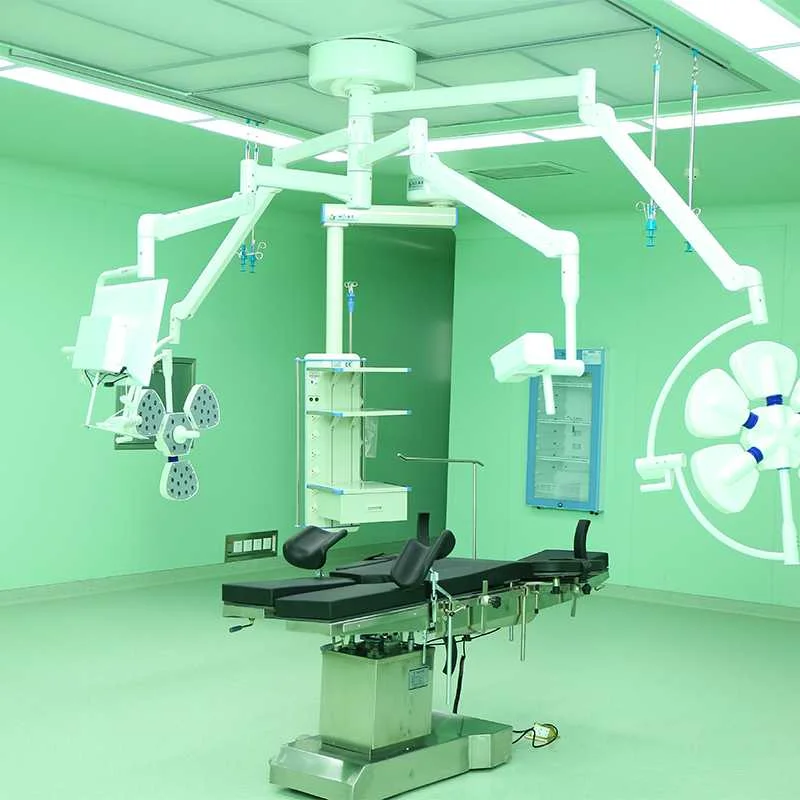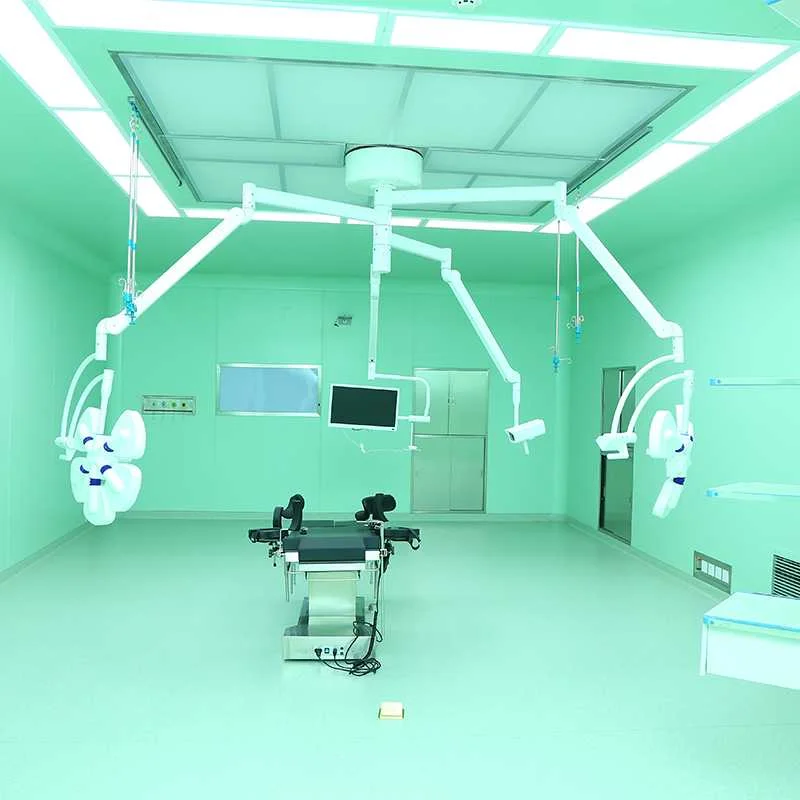Hit enter to search or ESC to close
13 October 2025
In healthcare settings, the quality of indoor air is directly linked to patient safety, recovery rates, and overall well-being. As hospitals, clinics, and laboratories continue to face airborne infection risks, implementing medical therapeutics air purifier systems has become an essential part of modern healthcare infrastructure. These advanced purifiers not only remove harmful particles but also help create sterile environments that support healing and prevent cross-contamination.
This article explores how medical air filtration technologies work, the importance of hospital air filtration systems, and why choosing the right air purifier medical device is critical for healthcare professionals and patients alike.
Airborne contaminants such as bacteria, viruses, allergens, and volatile organic compounds (VOCs) pose significant risks in medical environments. A medical therapeutics air purifier is specifically designed to address these challenges by filtering out microscopic pollutants that conventional purifiers might miss. Unlike standard household air purifiers, medical-grade units meet strict clinical standards for sterilization and air quality performance.
At the core of these systems is the medical therapeutics air purifier filter, a multi-stage filtration unit that typically includes HEPA or ULPA filters, activated carbon layers, and sometimes UV-C sterilization. Together, these elements work to eliminate harmful particles and neutralize airborne pathogens before they can spread. Hospitals and clinics benefit from cleaner air, reduced infection rates, and improved patient comfort.
Furthermore, these devices are essential in sensitive areas such as operating rooms, intensive care units (ICUs), and laboratories, where sterile air circulation is vital. By continuously filtering and recirculating clean air, medical air filtration systems ensure that healthcare environments remain safe for both patients and staff.

Modern hospital air filtration systems integrate advanced technologies to maintain optimal indoor air quality across diverse medical spaces. These systems are built to handle high volumes of air while ensuring minimal noise and energy consumption. They are also compliant with global healthcare standards such as ISO 14644 for cleanroom environments and ASHRAE guidelines for air quality.
The efficiency of these systems depends on the air purifier medical device components installed within them. Each device is engineered to trap microscopic contaminants as small as 0.1 microns, including viral particles and bioaerosols. Some models incorporate smart sensors that continuously monitor air quality, automatically adjusting filtration speed based on the detected particle concentration.
Hospitals increasingly rely on these systems to prevent nosocomial infections (hospital-acquired infections). With airborne transmission being a major concern—especially for respiratory illnesses such as influenza, tuberculosis, and COVID-19—the need for reliable medical therapeutics air purifier technology has never been greater.
Moreover, effective medical air filtration contributes to a more comfortable environment for patients with respiratory sensitivities or weakened immune systems. Clean air not only aids in faster recovery but also reduces the likelihood of complications during medical procedures.

Selecting an appropriate air purifier medical device involves more than just checking its airflow rate or filter type. Healthcare facilities must consider several factors, including the size of the room, type of contaminants present, maintenance requirements, and regulatory compliance.
Key considerations include:
Filter Efficiency: Look for a medical therapeutics air purifier filter rated HEPA H14 or ULPA, capable of capturing 99.995% of particles as small as 0.1 microns.
Air Exchange Rate: Ensure that the device can perform multiple air changes per hour (ACH) to maintain consistently sterile conditions.
Noise Level: Hospitals require quiet operation to avoid disturbing patients, particularly in recovery wards and ICUs.
Ease of Maintenance: Regular filter replacement and cleaning are crucial for maintaining performance.
Certification: Always verify that the device meets healthcare safety and performance standards.
Implementing hospital air filtration systems that combine these features results in measurable improvements in air hygiene. Whether it’s a portable air purifier for a patient room or a centralized HVAC-integrated filtration system, the goal remains the same: to safeguard patients and medical staff from airborne threats.
Clean air is an invisible yet powerful ally in medical care. As the demand for safer, healthier indoor environments continues to rise, medical therapeutics air purifier systems are transforming how healthcare facilities operate. These devices are no longer optional—they are fundamental to infection control and patient recovery.
From operating theaters to outpatient clinics, the integration of advanced hospital air filtration systems ensures that every breath taken within a medical facility is as pure as possible. The combination of a high-performance medical therapeutics air purifier filter, intelligent monitoring, and efficient air circulation forms the foundation of modern medical hygiene.
By investing in certified air purifier medical devices, healthcare institutions demonstrate a commitment to excellence, safety, and innovation—protecting lives one breath at a time.
A medical therapeutics air purifier is a specialized air-cleaning device designed for healthcare settings. It uses multi-stage filtration, including HEPA or ULPA filters and sometimes UV-C light, to remove airborne pathogens, bacteria, and viruses. This ensures cleaner, safer air for patients and staff.
A medical therapeutics air purifier filter is engineered to meet clinical-grade standards, capturing up to 99.995% of microscopic particles as small as 0.1 microns. Unlike standard filters, it can trap airborne pathogens and bioaerosols commonly found in hospitals and laboratories.
Hospital air filtration systems are critical for maintaining sterile air in sensitive areas such as ICUs, operating rooms, and isolation wards. These systems continuously remove airborne contaminants, minimizing the spread of infectious diseases and improving patient safety.
An air purifier medical device enhances air quality by reducing pollutants, allergens, and microorganisms in medical spaces. This supports faster patient recovery, protects healthcare workers, and ensures compliance with medical air quality regulations.
Medical air filtration refers to the process of cleaning and sterilizing air in healthcare environments. It is used in hospitals, dental clinics, laboratories, and pharmaceutical manufacturing areas where clean air is vital for safety and product integrity.
“Understanding Medical Therapeutics Air Purifiers and Hospital Air Filtration Systems: Expert Answers to Top Questions”